Striking collections of mostly native flowers on our visit to Earlshall Castle Gardens, 4 July 20227/5/2022
0 Comments
Our Purple Loosestrife is growing vigorously, with no blemishes, not a trace of insect damage to the leaves. Our customers will be delighted. But is the absence of resident insects on wildflowers a good thing or bad? Surely biodiversity is more than just wildflowers, it includes the insects that normally feed on them.
The protective chemicals produced by Purple Loosestrife are enough to deter almost all insects, but three species have managed to break through the defences, the Black-margined Loosestrife Beetle (Gallerucella calmariensis) and Golden Loosestrife Beetle (Gallerucella pusella), and a weevil, Hylobus transversovittalus. They are common throughout the UK, are found wherever Purple Loosestrife grows and feed on virtually nothing else. As a result they keep this vigorously growing plant in check so that it rarely becomes particularly invasive. But if these insects are not present we are faced with a very different situation as wetland enthusiasts in North America are well aware. Imported by accident and as a garden plant, on escaping into a wetland area it rapidly chokes out native species of plants and the diverse habitats associated with them. Native insects suffer, as does birdlife and the mammals that live there. The absence of two leaf beetles and a weevil alters the balance of nature in Wetlands over large areas of the United States. Without them Purple Loosestrife has proven virtually impossible to get rid of. The only solution has been to introduce the missing insects from Europe into at least 27 States Fortunately they are so specific in their food plants that native American species remain untouched. If it is not only the wildflowers that have been eliminated from large tracts of the UK countryside by over-intensive agriculture, house building etc, but also the insects and other invertebrates that depend upon them, and on which not only they but the ecology of the area depends, rewilding becomes a lot more complex than simply putting back the wildflowers. If the associated invertebrates have been pushed too far away to be able to move back in themselves, to try and restore some sort of balance, we would then need to reintroduce them. Far easier to prevent the destruction of wildflower populations in the first place. it. The few photographs that I took today show what an incredible variety of shapes, sizes and patterns are to be found in wildflower seeds. Why so many? Do they provide camouflage making the seeds harder for birds to spot, or help some way in dispersal?
A reminder of spring from this bright little wildflower on an autumn day,
It appears to have 10 petals but in fact it only has 5 which are deeply indented. When eventually it produces seed they are fired out from its capsule with an audible pop. Stitchwort is a perennial so can survive for a few years without near plants being produced. Most books will tell you that the flowers are borne in spring and early summer, but here they are still flowering happily in our warm, sunny, Scotland in October. Ragged Robin (Silene flos-cuculi), as its scientific name suggests, is a flower that appears at cuckoo time, but here is one hanging on at Barnyards Marsh, Kilconquhar on the 5th September. It's a Scottish Wildlife Trust reserve, with a cut path winding through it to observe the wildlife. As well as being a good nectar source for long-tongued bees and other insects, along with Red and White Campion, it is a food plant of caterpillars of the Campion Moth (Sideris rivularis) and Lychnis (Hadena bicruris) which feed on the seed capsules.
As it prefers marshy soils, its numbers have declined over the years with the relentless drainage of fields. A major foodplant of the Marsh Fritillary (Euphydryas aurinia), should they ever decide to bring up a family in this part of Fife. In the meantime the bees are obviously enjoying its nectar and pollen. A very attractive plant for growing in your garden or even in pots.
The horse chestnut, Aesculus hippocastanum, and its tiny leaf mining moth, Cameraria ohridella, have been in the news recently, in stories expressing fear for the survival of the tree due to damage by the larvae of this moth. The appearance of this tiny moth in Britain is not so recent as might be imagined, it having been identified on a tree in Wimbledon as early as 2002 - Its caterpillar is a leaf miner which eats the leaf while concealing itself between the surfaces; the leaves develop prominent brown blotches and may be shed earlier than usual. So what's the problem: don't all trees and most wildflowers have moths and flies, often many different species of insect, nibbling away at their leaves, and have been living with the inconvenience for tens, or hundreds of thousands, of years.
|
AuthorWrite something about yourself. No need to be fancy, just an overview. Archives
July 2022
Categories |
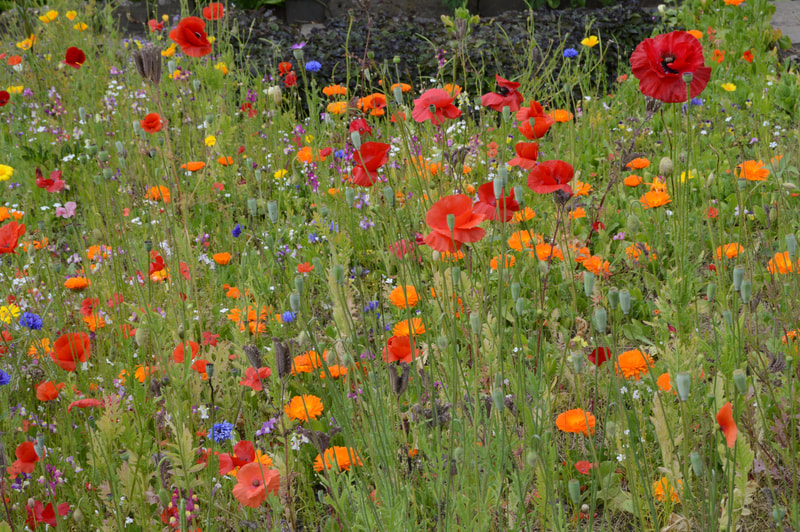
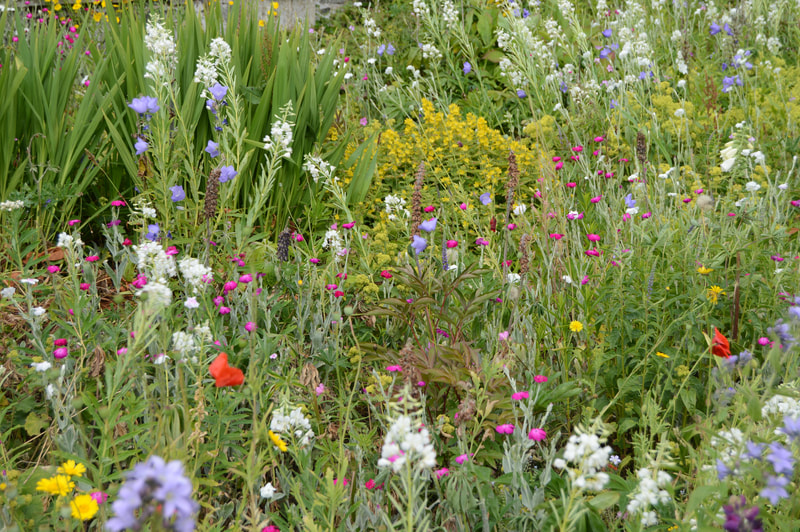
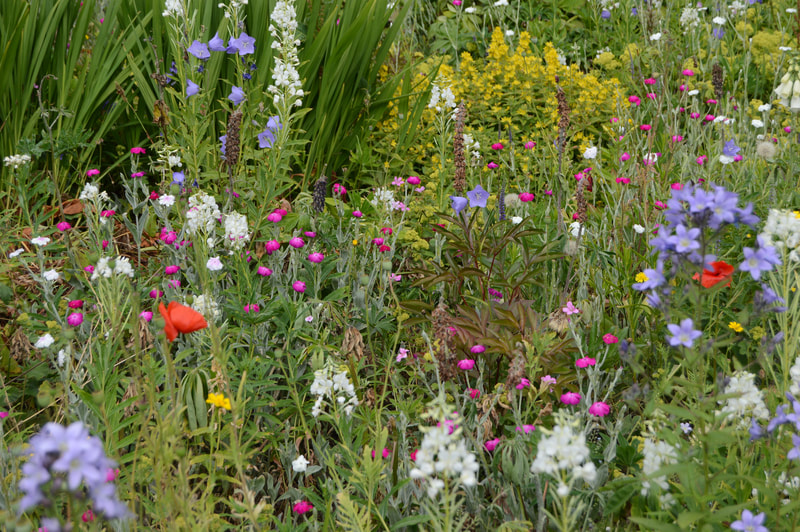
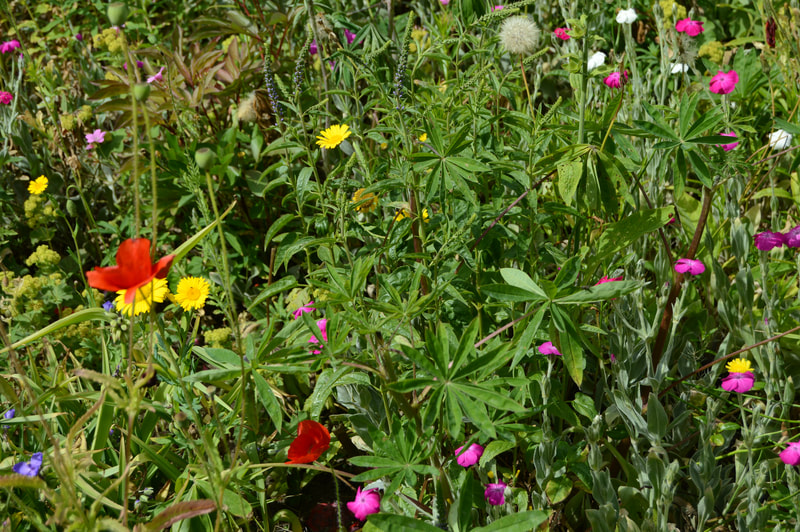
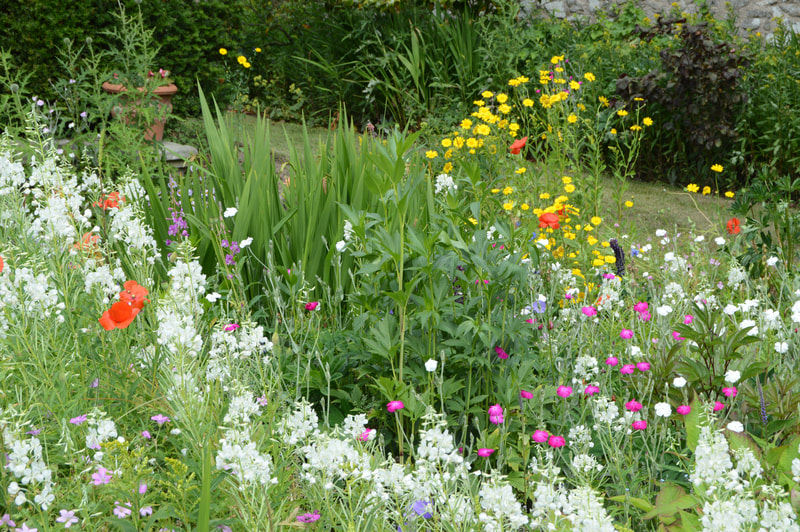
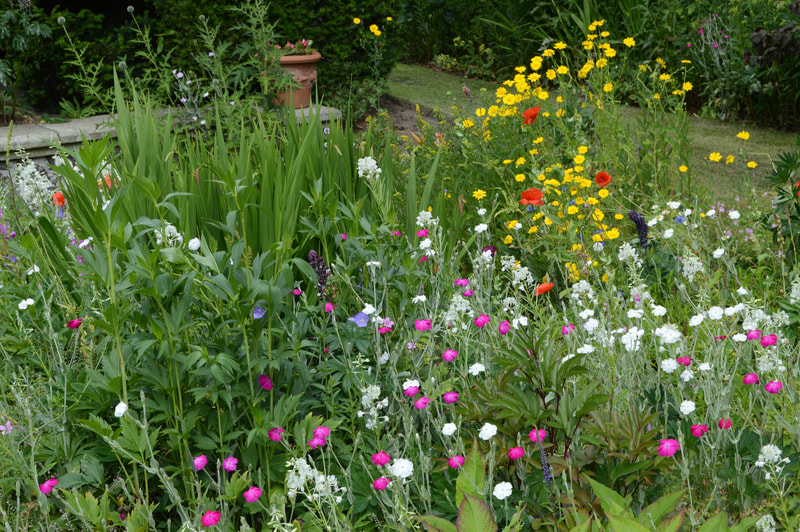
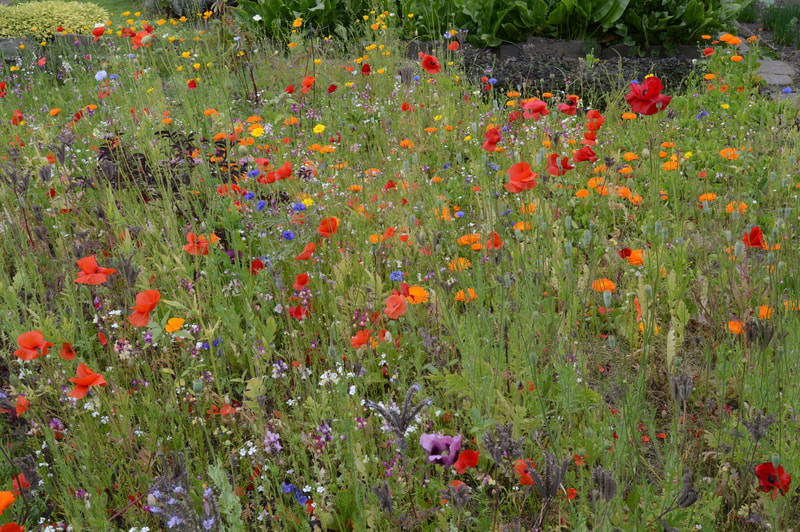
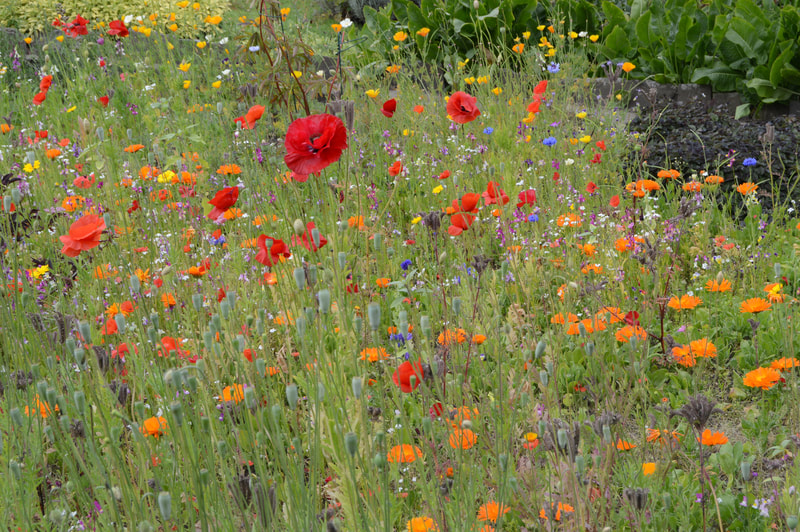
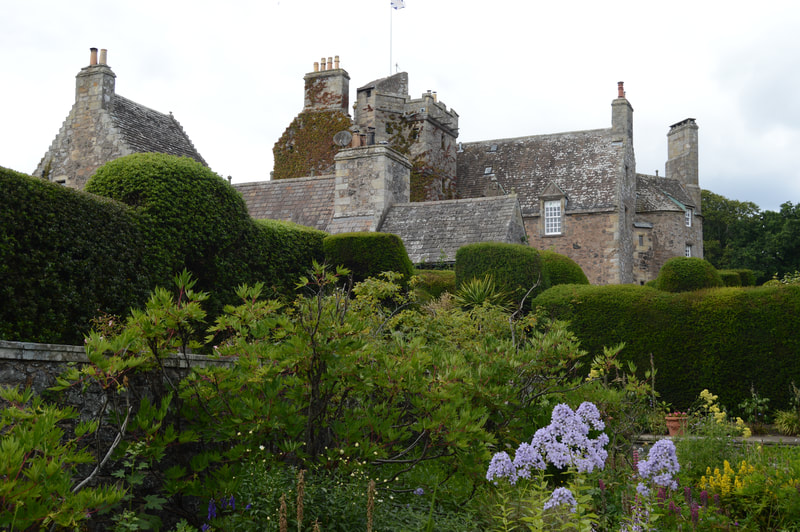
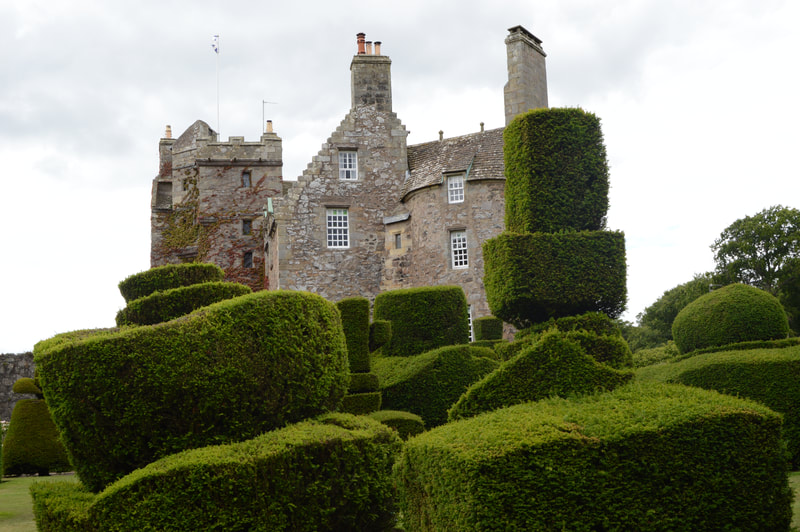
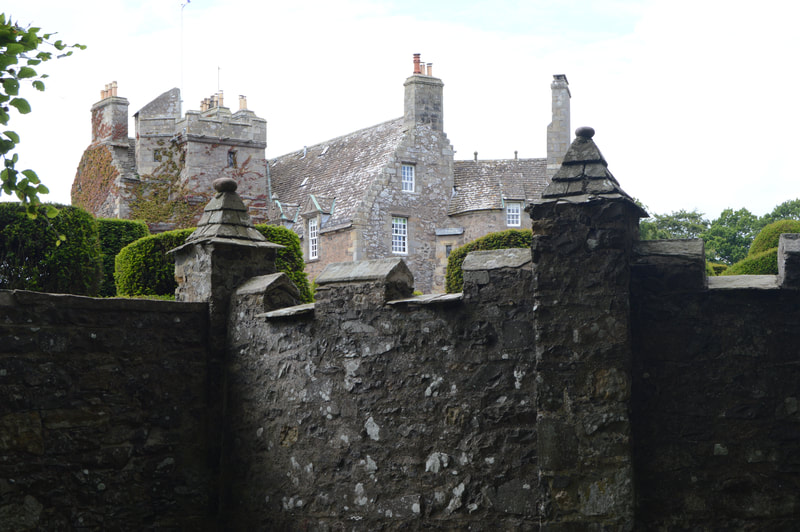
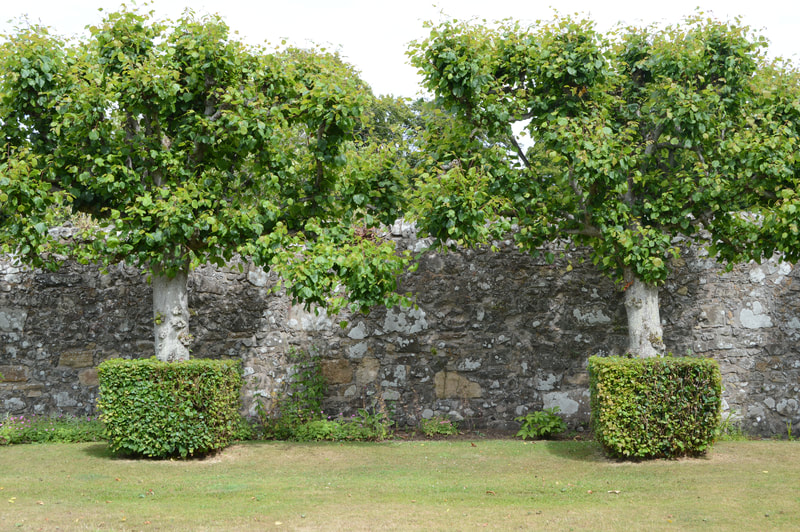
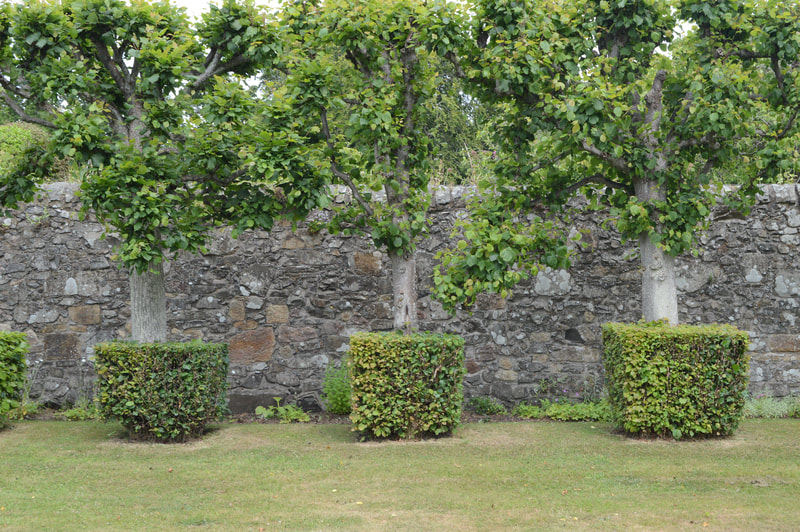
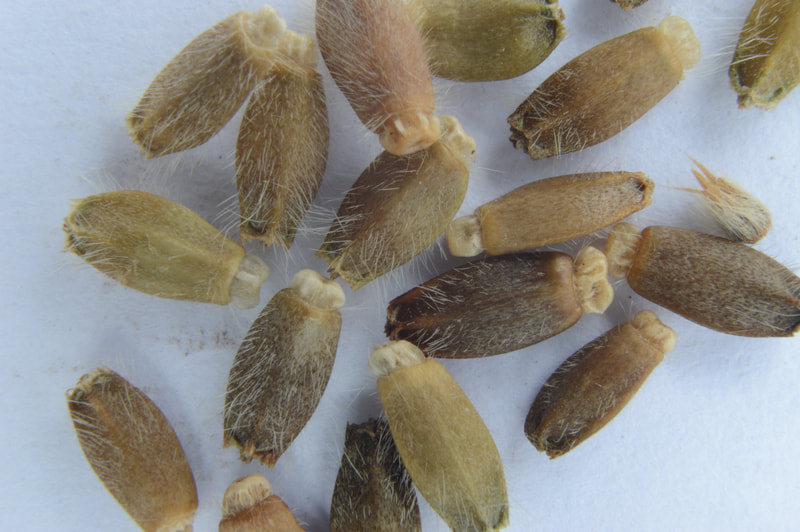
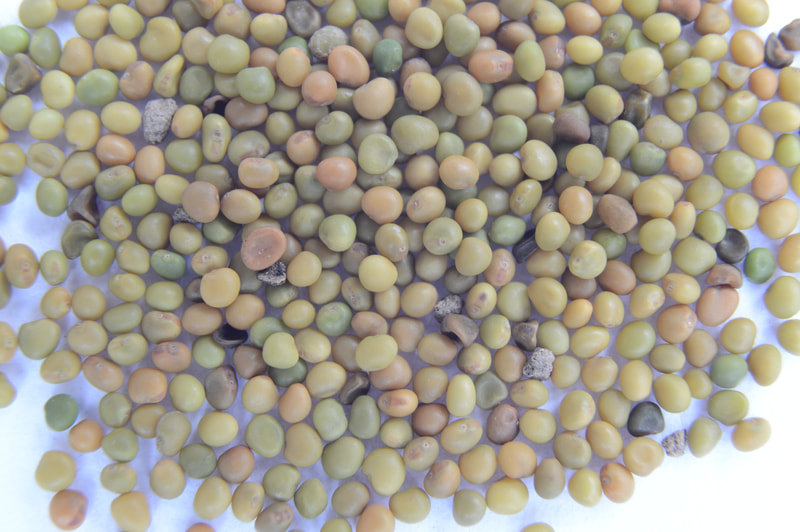
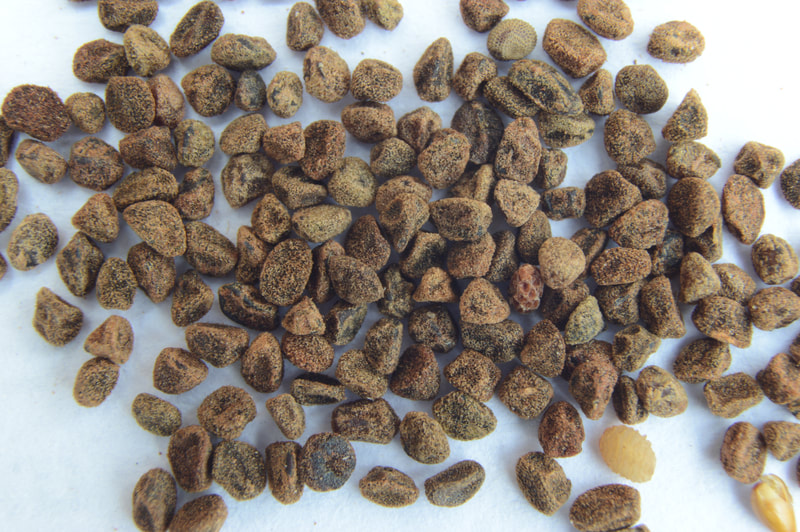
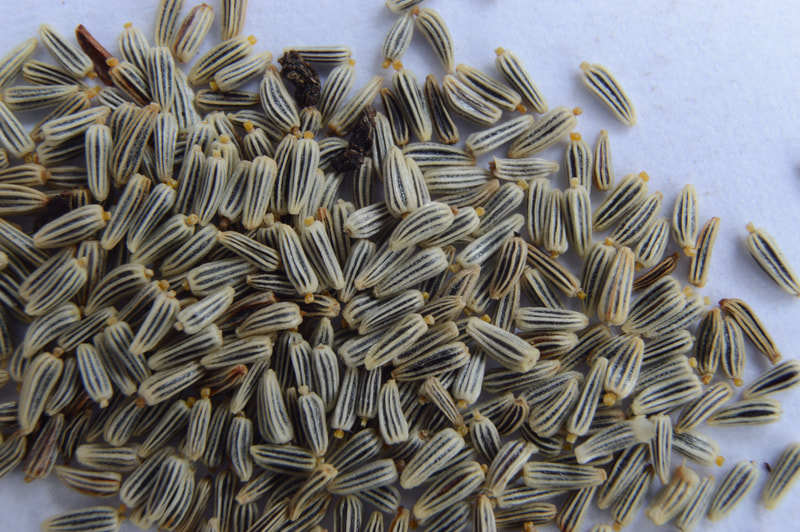
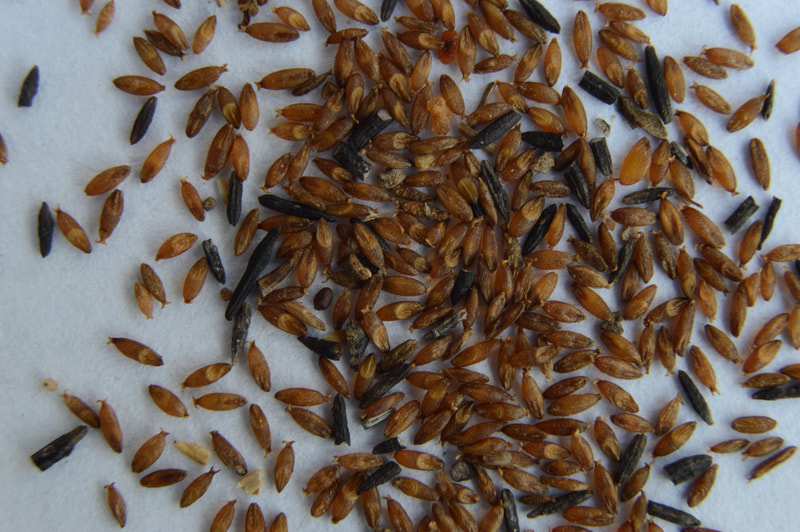
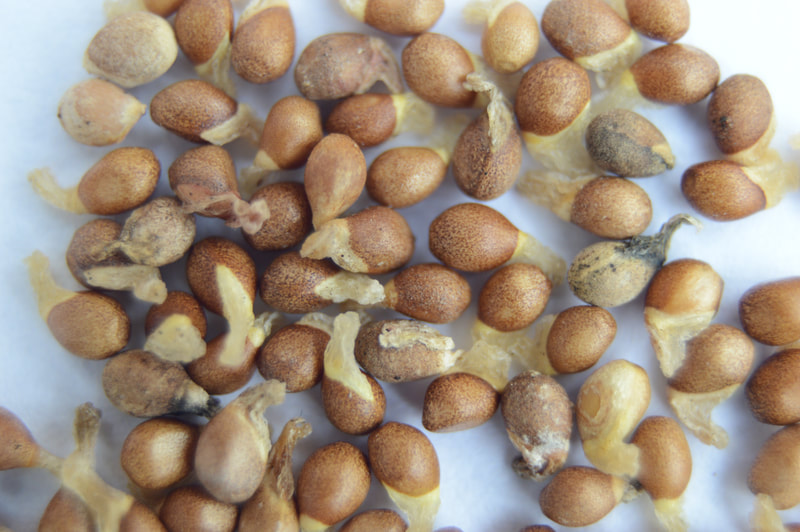
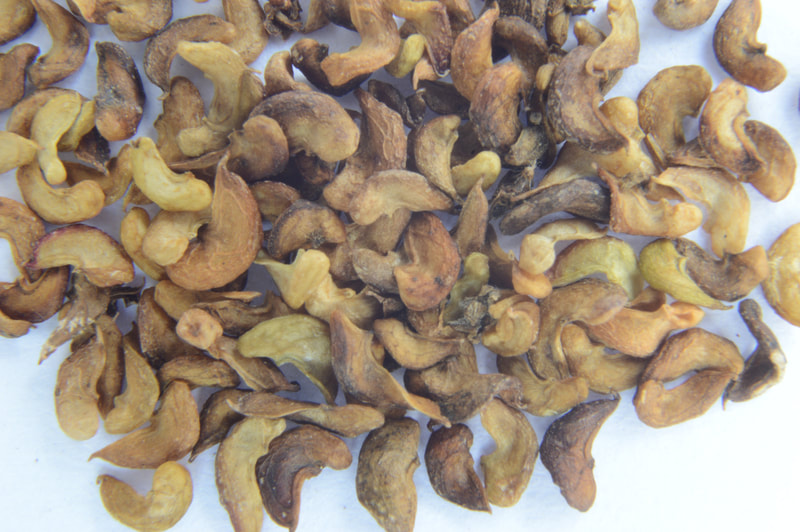

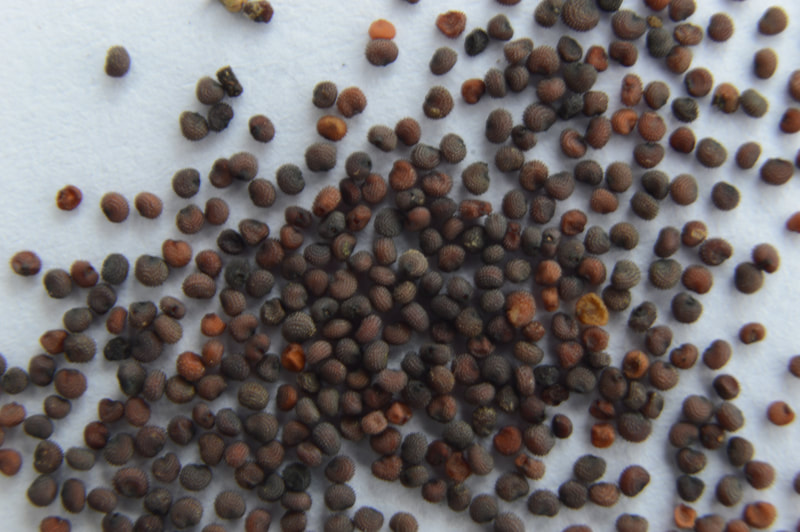
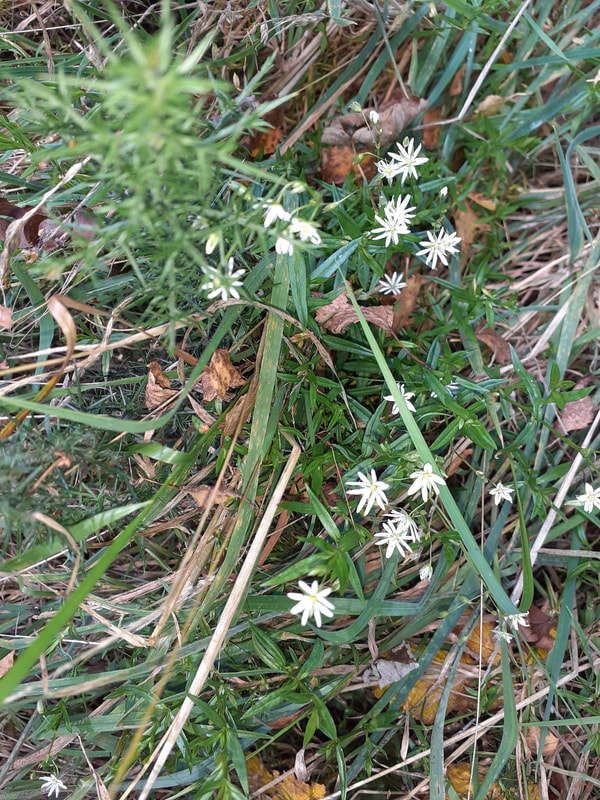
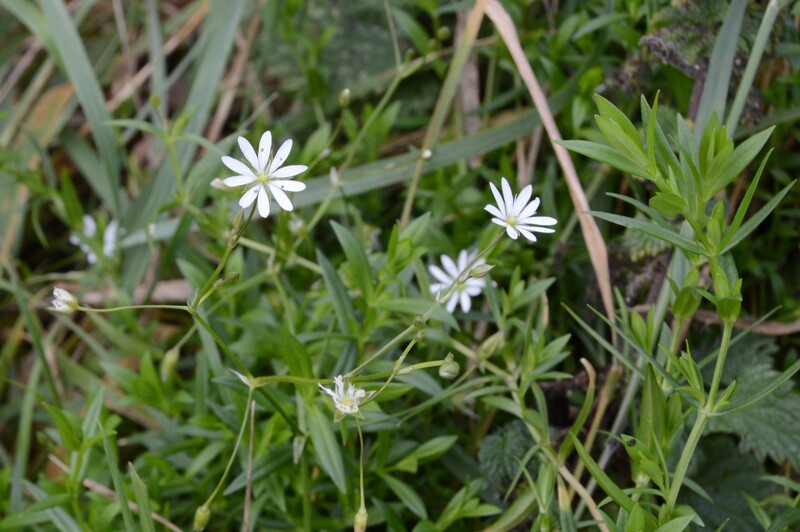
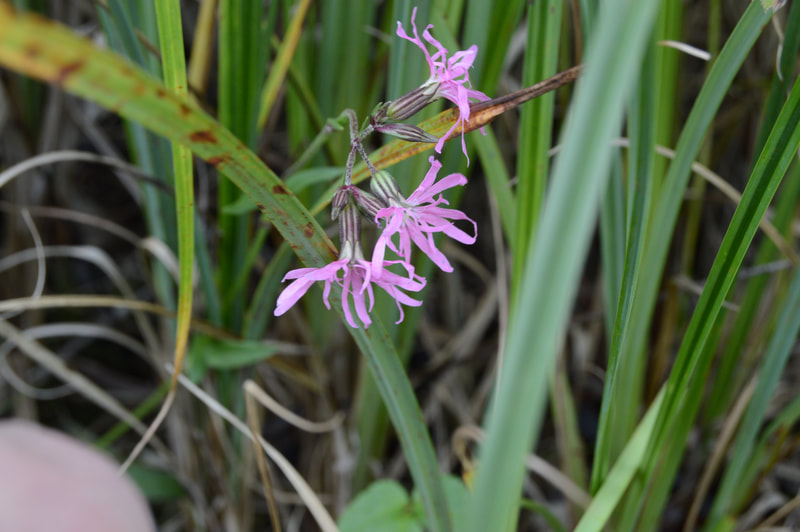
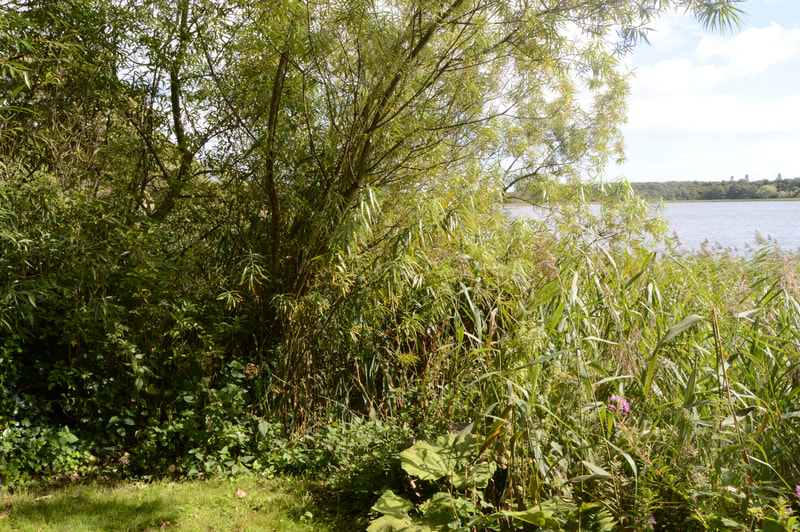
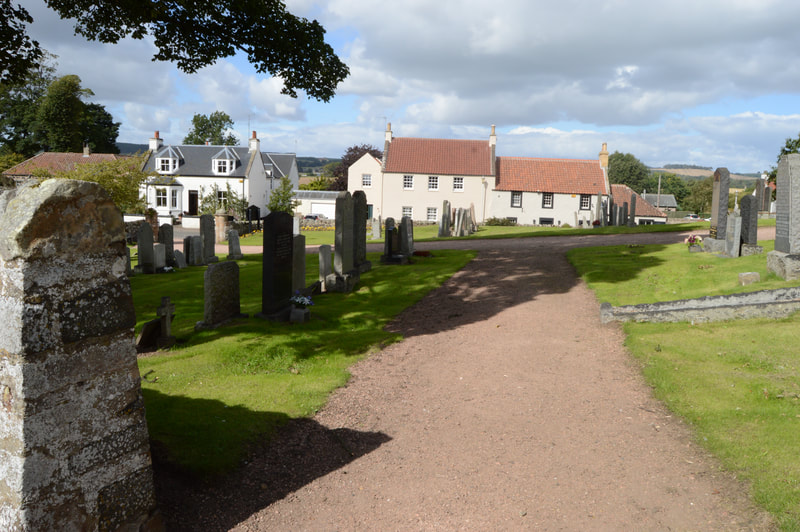
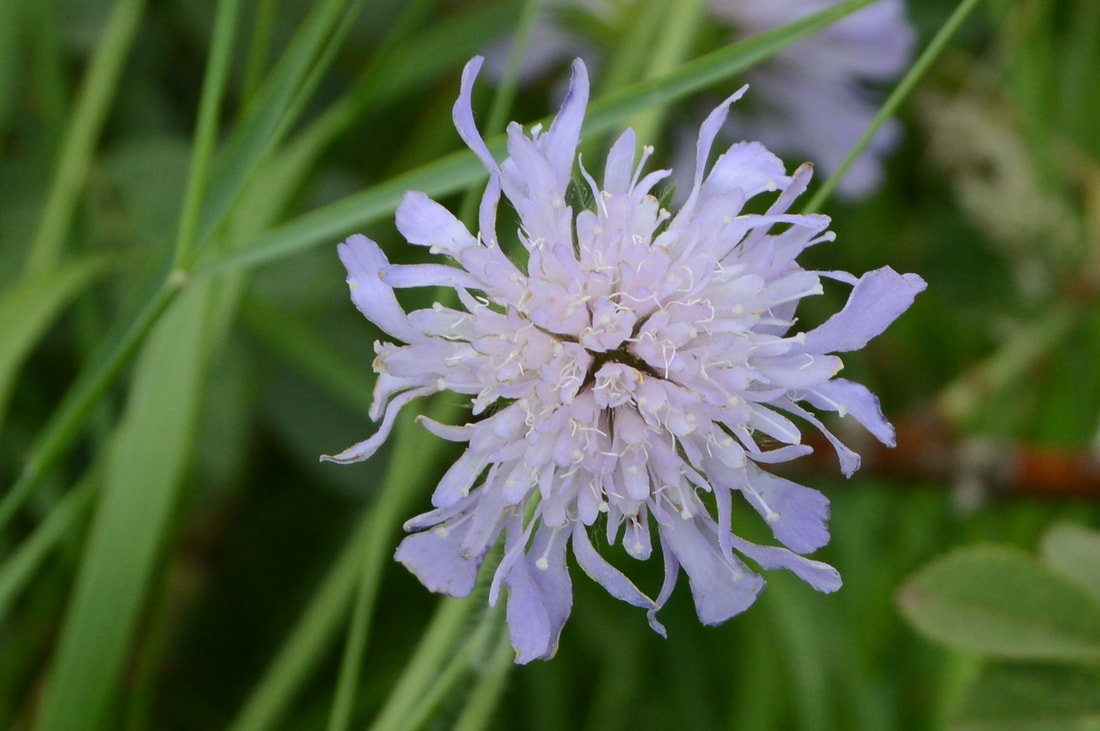
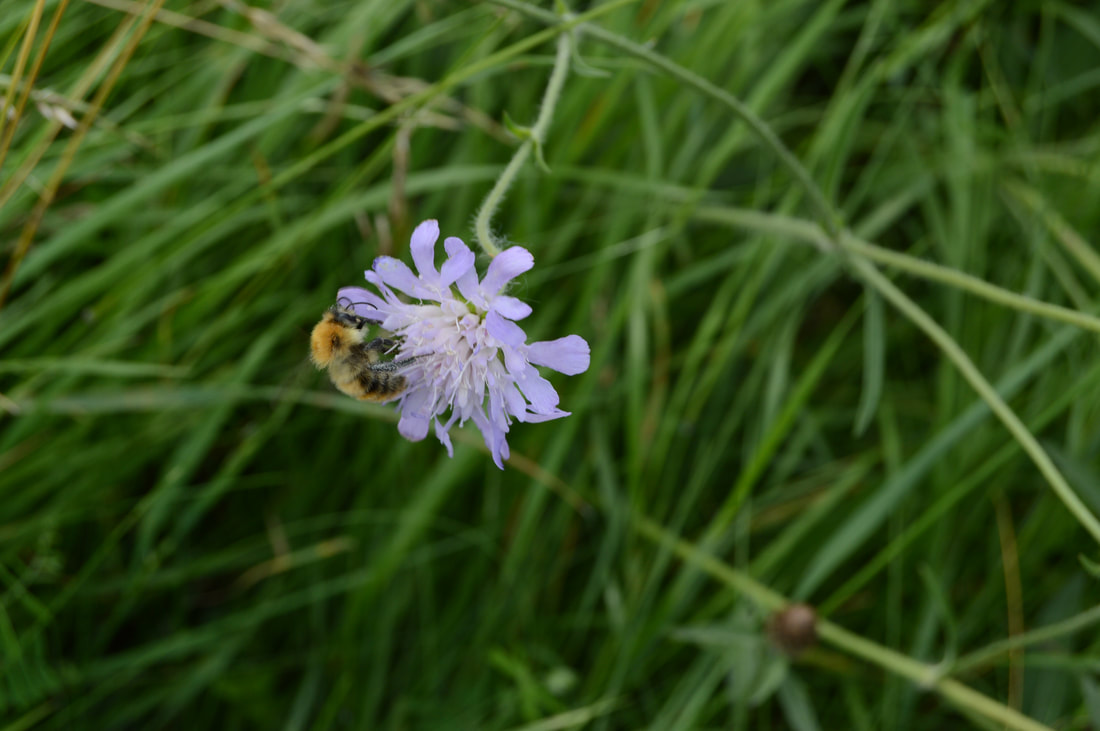
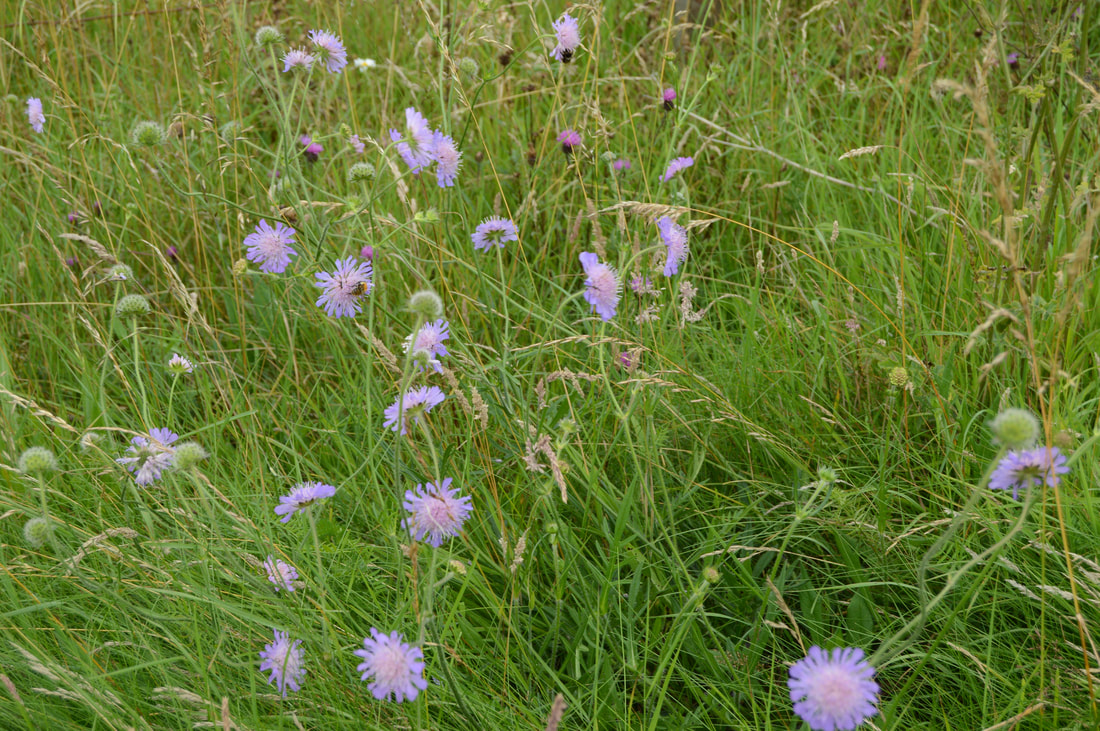
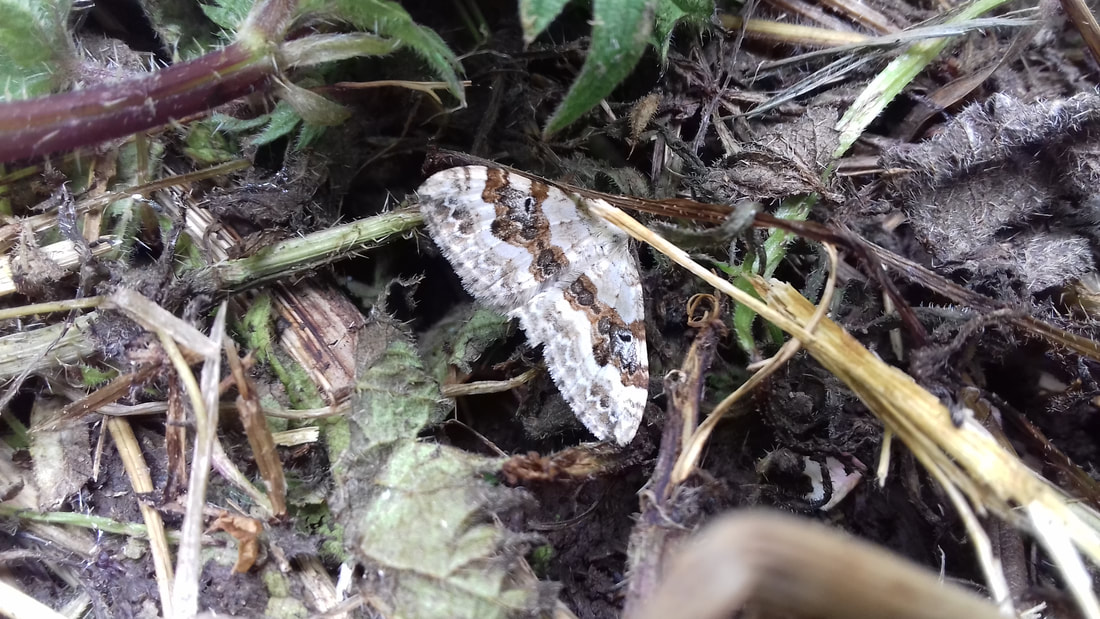
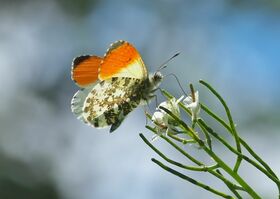
 RSS Feed
RSS Feed